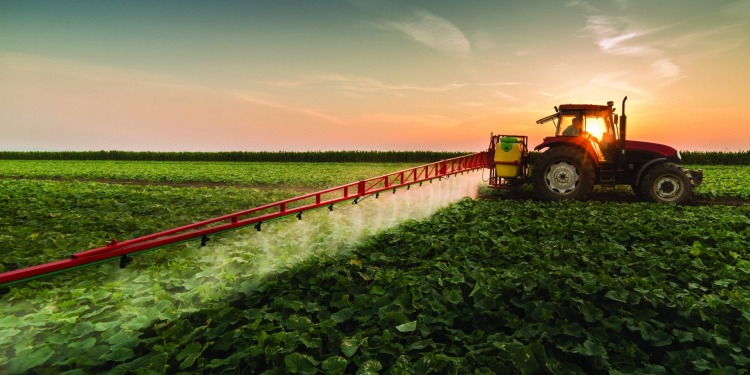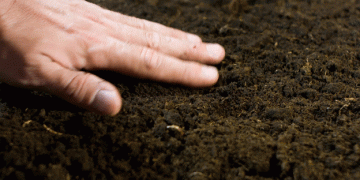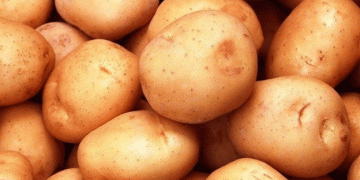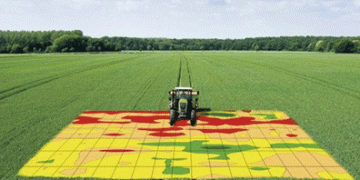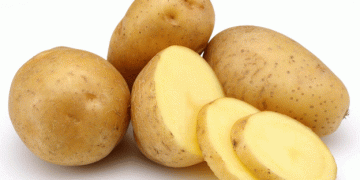On Thursday, October 29, EPA Administrator Andrew Wheeler announced a finalized update to requirements for the pesticide application exclusion zone (AEZ.) An AEZ is the area surrounding pesticide application equipment that exists only during outdoor production pesticide applications.
EPA has clarified and simplified the AEZ requirements based in part on input from state pesticide regulatory agencies and agricultural stakeholders after the adoption of the 2015 Worker Protection Standard (WPS) rule. Consistent with the 2018 Pesticide Registration Improvement Act (PRIA), EPA is only implementing changes related to the AEZ requirements in the WPS.
Here are four key changes:
- AEZ requirements only apply within the boundaries of the agricultural establishment, removing off-farm responsibilities that were difficult for state regulators to enforce.
- Immediate family members of farm owners are now exempted from all aspects of the AEZ requirements. Farm owners and their immediate family are now able to shelter in place inside closed buildings, giving farm owners and immediate family members flexibility to decide whether to stay on-site during pesticide applications, rather than compelling them to leave even when they feel safe remaining.
- New clarifying language has been added so that pesticide applications that are suspended due to individuals entering an AEZ may be resumed after those individuals have left the AEZ.
- Simplified criteria to determine whether pesticide applications are subject to the 25- or 100-foot AEZ.
No changes were made to the “Do Not Contact” provision. The full rule is available here. In the news release from EPA, the agency noted the changes improve the enforceability and workability of the AEZ requirements, decrease regulatory burdens for farmers, and maintain critical worker protections.
